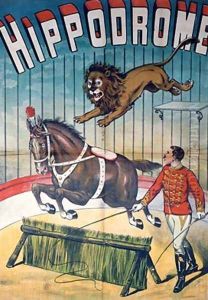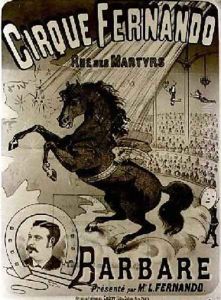Charles Levy Paintings
Charles Levy, born in 1820, was a French sculptor of the 19th century whose work is less widely known today but was recognized during his lifetime. Although detailed historical records on Levy's life are somewhat limited, it is known that he was active during a period rich in artistic production in France, a time that saw the rise of movements like Romanticism, Realism, and the early stages of Impressionism.
Levy's artistic career unfolded during a transformative era in European art, where the aftermath of the French Revolution and the Napoleonic wars had given way to a burgeoning middle class interested in cultural expressions and the arts. Working in the traditional medium of sculpture, Levy would have been trained in the techniques of modeling, casting, and carving, mastering materials such as bronze, marble, and stone.
Despite the lack of extensive documentation on Charles Levy's life and works, it's likely that he participated in the Salon, the official art exhibition of the Académie des Beaux-Arts in Paris. The Salon was the foremost art exhibition in France and a crucial venue for artists to gain recognition. Levy's sculptures would have been subject to the tastes and trends of the time, which included a fascination with classical themes, historical and mythological subjects, as well as an increasing interest in naturalism and the depiction of everyday life.
The latter part of the 19th century, which encompassed the duration of Levy's career, was also marked by significant technological and social changes. The Industrial Revolution was transforming the European landscape, and Paris itself underwent major renovations under Napoleon III and his city planner, Baron Haussmann. These changes influenced the art world, as artists sought to capture the spirit of the age, whether through embracing modernity or retreating into idealized visions of the past.
Charles Levy's death in 1899 marked the end of a career that spanned much of the 19th century. Although Levy might not enjoy the same level of fame as some of his contemporaries, his work remains a testament to the rich artistic traditions of his time and the skills of 19th-century French sculptors. His sculptures, potentially still residing in private collections or museums, reflect the craftsmanship and aesthetic values of an era that laid the groundwork for the modern developments in the art that would follow in the 20th century.


